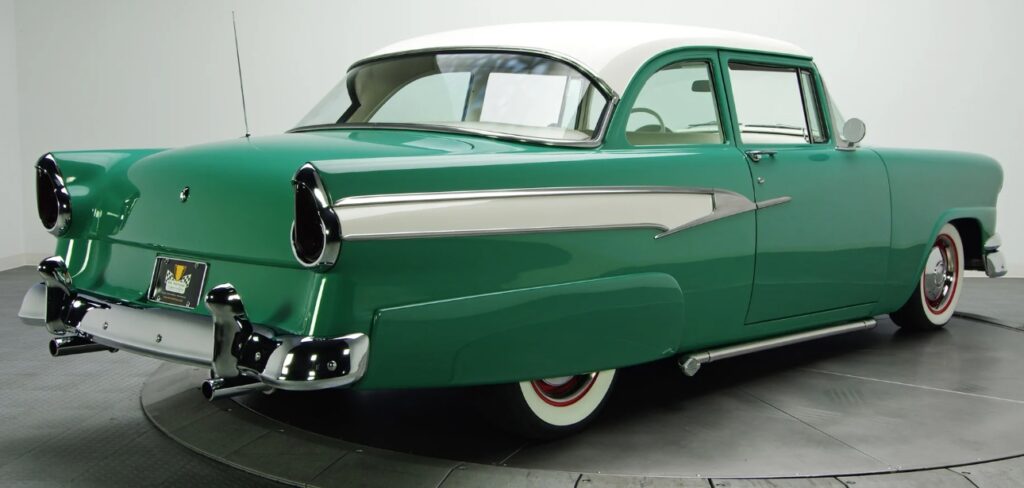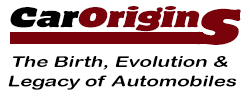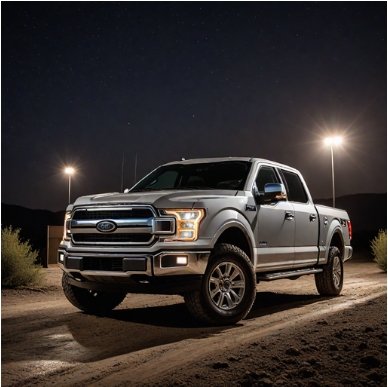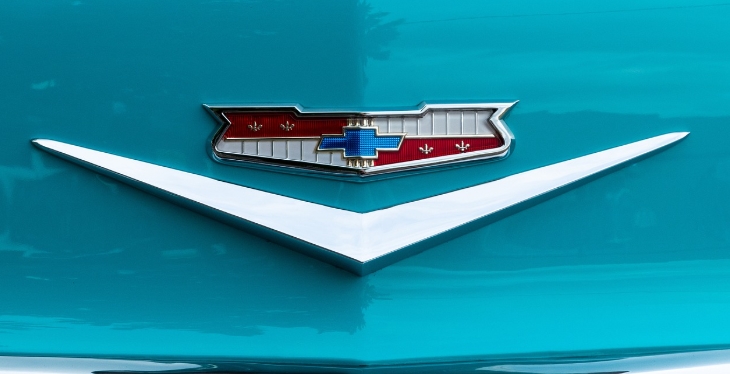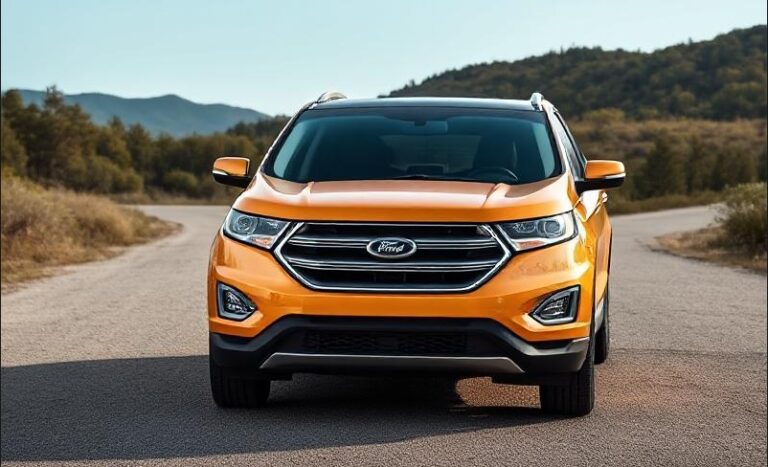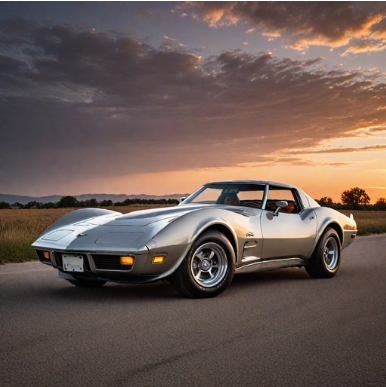The Evolution of the Ford Mainline: A Journey Through the Model’s History
The Ford Mainline holds a cherished place in the hearts of automotive enthusiasts and collectors alike. First introduced in 1952, this iconic model reflected American culture and the burgeoning automobile market of the post-war era. Throughout its production run until 1956, the Ford Mainline evolved significantly, adapting to consumer tastes, embracing new design elements, and responding to the competitive landscape. This article traces the evolution of the Ford Mainline, detailing its models and trim levels across these years.
Introduction of the Ford Mainline (1952)
The Ford Mainline debuted as part of Ford’s passenger car line in 1952, a year that marked a transition for the automobile industry. Following the Second World War, Americans were increasingly looking for affordable and practical vehicles that combined style, comfort, and performance. The Mainline was positioned as a mid-range option within Ford’s lineup, designed to appeal to the average family.
The 1952 Model Year
The 1952 Ford Mainline was offered in a two-door sedan and a four-door sedan format. The styling was characteristic of the early ’50s with its smooth, rounded lines. Equipped with a 239-cubic inch flathead V8 engine generating 100 horsepower, the Mainline set a standard for performance in its class. This model was lauded for its spacious interior, making it a popular choice among families.
Trim Levels
In 1952, the Mainline was typically categorized as the base model line for its series, fitting below the Crestline and above the custom-focused Ford Special. It was designed to be budget-friendly, thereby attracting middle-class buyers.
A Significant Year: 1953
The 1953 Ford Mainline didn’t boast drastic changes but incorporated slight styling tweaks, such as new grille designs and updated interior materials conducive to comfort. Ford’s commitment to addressing consumer needs was evident during this time as the vehicle continued to exemplify efficiency and spaciousness.
Trim Options for 1953
The offerings in 1953 remained similar to the previous year. Buyers could choose between the two-door and four-door models. Many consumers opted for upgraded features as optional packages, such as radio and improved upholstery, but the Mainline primarily retained its role as a no-frills workhorse.
The Big Change: 1954 Model Year
In 1954, Ford introduced a restyled Mainline to address changing market tastes and expectations. The car featured a more streamlined design, and customers were treated to an array of options like power steering and an automatic transmission, which weren’t as common in lower-priced models during that era.
Trim Levels
For 1954, the Ford Mainline came in three distinct trim levels:
- Mainline Sedan: The base trim, emphasizing value and practicality.
- Mainline Ranch Wagon: An adaptation into the station wagon territory that offered additional cargo space, catering to families who valued versatility.
- Mainline Customline: A step up in trim levels with enhanced interior finishes and additional features, providing a more luxurious feel without venturing into the higher-end Fairlane line.
The Mid-Century Modern Appeal: 1955
The model year 1955 is often regarded as a turning point in automotive design, with Ford aligning itself with Mid-Century Modern aesthetics. The Ford Mainline received a more daring design, incorporating sharper lines and a longer, more aggressive silhouette, making it stand out on the road.
Trim Levels
In 1955, Ford maintained its focus on appealing to diverse consumer needs:
- Mainline: The standard base sedan and wagon were still available, with more chrome accents and interior options.
- Mainline Custom: An upgraded trim level offered features like improved upholstery and options for additional chrome accents.
- Mainline Station Wagon: This trim became much more popular in the family-centric market, as it offered practical space combined with stylish design.
The Final Model Year: 1956
By 1956, the Ford Mainline had solidified its status as a staple in the American automotive market. The changes this year included more distinctive tailfins and a deeper grille, echoing the aesthetic trends of the time.
Trim and Features
The model continued with previous offerings, featuring both sedans and station wagons:
- Ford Mainline Sedan: The two-door and four-door sedan options remained, designed with the family in mind.
- Mainline Ranch Wagon: Continued to appeal to consumers desiring practicality with an increased focus on style and comfort.
In 1956, the Ford Mainline also saw enhancements in terms of safety and technology, which were becoming increasingly important for consumers. Features such as padded dashboards and improved visibility were standard in higher-end trims.
.
SEARCHING for those hard to find FORD manuals, guides & books?
This place has you covered! SEE All FORD Manuals From 1920 – 1989.
CHOOSE the year of your vehicle:

.
The Legacy of the Ford Mainline
The Ford Mainline’s production came to an end after the 1956 model year as the Ford Motor Company redefined its brand offerings in the late 1950s, focusing on the more glamorous Fairlane and Thunderbird models. However, the Mainline had made its mark, standing out for its affordability, functionality, and the embodiment of the American family car during the 1950s.
Despite its discontinuation, the Mainline remains a beloved classic, appreciated for its charming design and reliable performance. Restorations and collector interest have kept the Ford Mainline’s legacy alive, and it is often highlighted at classic car shows and events.
Conclusion
The evolution of the Ford Mainline from 1952 to 1956 is a testament to American automotive ingenuity and consumer trends during a crucial decade. From its humble beginnings as an economical family car to its eventual transformation into a stylish and reliable vehicle, the Ford Mainline encapsulated the spirit of its time. For car enthusiasts and historians, the story of the Ford Mainline is not just about a car; it’s a reflection of an era that embraced the freedom provided by the automobile, setting the stage for the vibrant automotive culture that followed.
